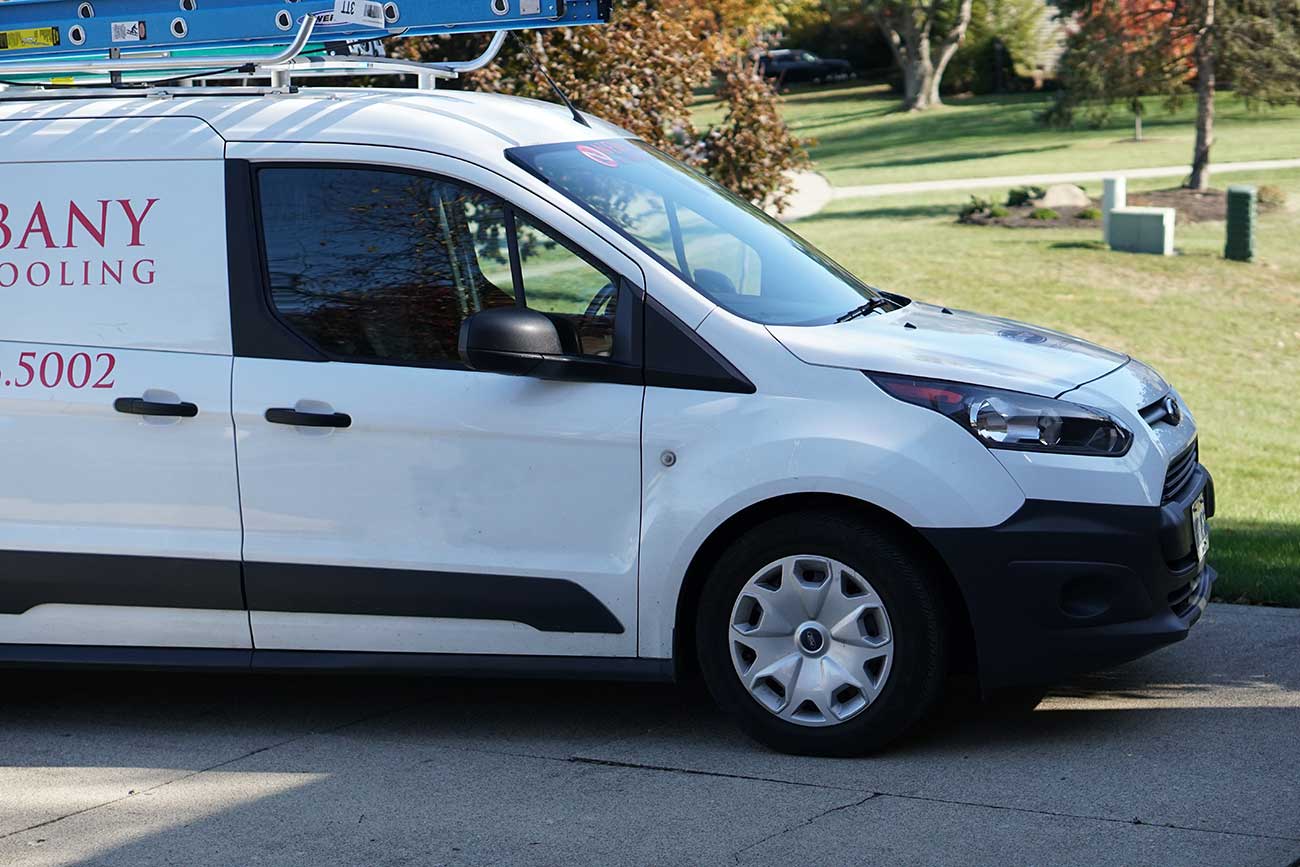What is a Smart Thermostat?
Smart thermostats are affordably user-friendly thermostats that can be used with home automation systems. They are responsible for controlling your home’s heating, ventilation, and air conditioning in addition to helping with indoor air quality.
Smart thermostats perform similar functions as a Programmable thermostat but better as they enable the user to control the temperature of their home throughout the day using a schedule, and make changes remotely via smartphone. Not only that, they also contain additional features, like home sensors and WiFi connectivity, that improve upon the issues homeowners had with programmable thermostats.

Benefits of Thermostat Upgrade
In most residences, heating and cooling take up about half of the overall energy consumption. With this in mind, the makers of these modern smart home devices have developed smart thermostats that offer better temperature control and easier automation over a home’s climate, air quality and temperature — control that saves homeowners a lot of money on heating and cooling costs during the summer and during the winter. Having said that, a smart thermostat’s Wi-Fi connection allows a lot more than mere temperature automation. There is a long list of benefits for having one of these affordable and smart home devices installed in your home.
New Albany Heating & Cooling’s home comfort experts list several smart thermostat benefits below:
Prevents human error
Smart thermostats learn the schedule and preferences of the people in the home, making it easier to enjoy energy efficiency. Essentially, the thermostat makes all the adjustments to the home’s temperature throughout the day as the homeowner comes and goes. If you’ve ever left your air conditioner or furnace running throughout the day while you were away, you will appreciate the way a smart thermostat like the Nest Learning Thermostat can detect that you’ve gone and turn the heat off.
Offers a window into your home
Smart thermostats offer a window into the home while the homeowner is away. Additionally, you are able to check the companion app to see if the heat’s running (what temperature it is currently set at). If you happen to own a second home or a vacation home, your smart thermostat can tell you whether the place is running smoothly while you’re away as well.
Track energy and save money
One of the biggest advantages of owning a smart thermostat is the money savings you get to enjoy on heating and air conditioning costs. They do this by pushing you into more energy-saving options in a host of ways. Depending on your daily habits, preferences and lifestyle — letting your smart thermostat manage your indoor climate will save you money.
The new Nest Learning Thermostat encourages energy-saving settings by awarding their famous “Leaf” badges. They also give you easy tips in the monthly energy reports for even bigger energy savings.
Manage the temperature remotely and program with ease
Whether you’re still in bed, coming home early from work, in a different room and wanting it a bit warmer or heading home from vacation — if you have your mobile device on hand, you have control over your thermostat! Thanks to their modern designs, user-friendly screens and highly-rated companion apps, our top rated smart thermostats are all easy to use. If you’ve had a hard time with programmable thermostats in the past, you’ll love this new generation of well-designed thermostats.
“What Temperature Should I Set My Thermostat?”
Deciding what temperature to set your thermostat can be tricky if you’re on a budget and you live with others. To help you find a comfortable balance between comfort and energy savings, we present the following:
During the wintertime
Sometimes it takes a bit of trial and error to find that “sweet spot” temperature in a home during the wintertime, regardless of whether you are more interested in comfort or money savings. A general rule of thumb for an energy-saving setting during the winter is to set the thermostat at 68° F. For additional comfort, you might take it up one or two degrees at a time slowly. Give it an hour each time to adjust. Remember to try to dress in warm clothing indoors for savings. And if you’re able to take it lower, turn the temperature down 1 or 2 degrees at a time in the same manner.
During the summertime
Some people want it very cool during the summer. Others don’t mind a little heat.
In any case, nothing beats the relief of a cool air inside a nice humidity-controlled home during those especially hot days of summer here in Central Ohio. To find your happy zone, try setting your air conditioner’s thermostat at 78° F for a good mixture of comfort and energy conservation. From there you can adjust it as necessary to find that perfect temperature zone. Remember to take it down slowly and give it an hour or two to cool off.
Money saving settings
According to the U.S. Department of Energy, a homeowner can save up to 10 percent on heating and cooling costs every year by setting the thermostat back 7 to 10 degrees from the normal level for a mere eight hours a day. With this in mind, at nighttime when you’re sleeping and/or during the day while you’re away at work or school, save yourself some money and make the necessary adjustments. Remember, a smart thermostat can automate this and make it a lot easier.
Other times of the year
While a programmable thermostat that can automatically adjust the temperature for comfort when you are home or awake, a smart thermostat is an even better investment. Some of these models of smart thermostats will also “learn” your patterns and automatically adjust to help maintain both comfort and energy savings. Plus, Wi-Fi® thermostats give you even more flexibility with comfort control from your smartphone, laptop or tablet. Our Wi-Fi thermostats must be connected to Wi-Fi for remote connectivity. You need an iOS® or Android® mobile device to use our app.

General Thermostat FAQ
Is a smart thermostat better than a programmable thermostat?
What do I need to know about smart thermostats?
How long do smart thermostats last?
The newer smart thermostats we sell at New Albany Heating & Cooling, such as the popular Nest and Ecobee, are made to last a very long time. This varies from home to home. Several factors such as brand, usage, production, and settings come into play. With all that being said, most experts agree that the average life expectancy for a smart thermostat is about 10 years and probably more. Provided there aren’t any damages, your smart thermostat will likely last much longer than that.









